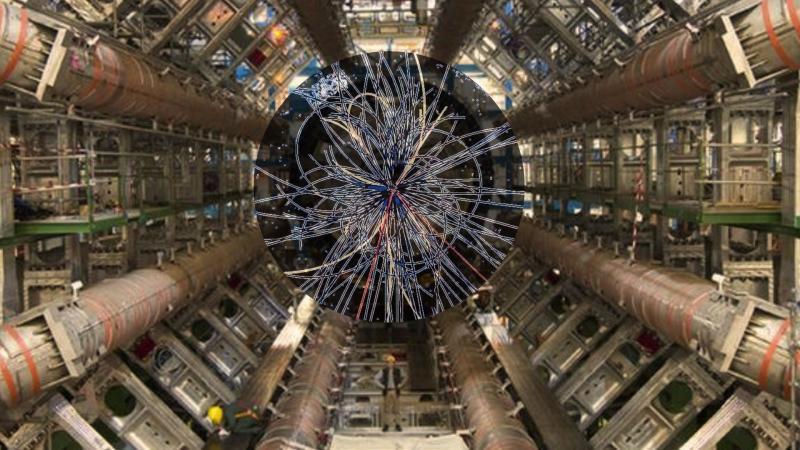
CERN Scientists Shedding Light on Antimatter & Universe’s Origins
The mysteries of antimatter have long fascinated scientists, and recently, researchers at CERN’s Large Hadron Collider (LHC) made a groundbreaking discovery that is shedding new light on the fundamental forces of nature. The ALICE collaboration, a team of scientists working together to study high-energy collisions, has confirmed the first evidence of antihyperhelium-4 (4He). This remarkable finding offers valuable insights into the balance between matter and antimatter, as well as the early moments of the universe’s existence.
The Quest for Antimatter
Antimatter is a type of matter that has the same mass as regular matter but opposite charges. When matter and antimatter come into contact, they annihilate each other, releasing a vast amount of energy in the process. This phenomenon has puzzled scientists for decades, as our universe is predominantly composed of matter, with antimatter seemingly absent. The question remains: why did the universe come to be dominated by matter over antimatter?
To better understand the relationship between matter and antimatter, scientists have been searching for ways to produce and study antimatter particles. The LHC, located at CERN in Geneva, Switzerland, is one of the most powerful particle accelerators in the world, capable of smashing protons together at nearly the speed of light. By recreating the conditions that existed in the early universe, scientists can study the behavior of subatomic particles under extreme conditions.
The Discovery of Antihyperhelium-4
The ALICE collaboration, which is part of the LHC’s heavy-ion program, has been studying the collisions of heavy ions such as lead and xenon. These collisions create a hot and dense medium, known as a quark-gluon plasma, which is thought to have existed in the early universe. By analyzing the particles produced in these collisions, scientists can gain insights into the behavior of quarks and gluons, which are the building blocks of protons and neutrons.
In a recent paper, the ALICE collaboration reported the detection of antihyperhelium-4 (4He), a type of antimatter particle that is the antiparticle of regular helium-4. This is the first time that antihyperhelium-4 has been observed in a heavy-ion collision, and the discovery offers a unique opportunity to study the properties of antimatter.
Implications for Our Understanding of the Universe
The discovery of antihyperhelium-4 has significant implications for our understanding of the universe’s origins. By studying the properties of antimatter, scientists can gain insights into the fundamental forces of nature and the balance between matter and antimatter.
One of the most important implications of this discovery is that it provides evidence for the existence of a new type of antimatter particle, known as the antihyperon. The antihyperon is thought to be the antiparticle of the hyperon, a type of baryon that is composed of three quarks. The existence of the antihyperon is important because it can help scientists understand the behavior of quarks and gluons in the early universe.
Another important implication of the discovery is that it offers a new way to study the properties of antimatter. By analyzing the particles produced in heavy-ion collisions, scientists can gain insights into the behavior of antimatter particles and the forces that govern their interactions.
The Future of Antimatter Research
The discovery of antihyperhelium-4 is an important step forward in the study of antimatter, but it is also a reminder of the many challenges that remain. To fully understand the behavior of antimatter, scientists will need to continue studying its properties and interactions.
In the future, scientists plan to use the LHC to study the properties of antimatter particles in more detail. The ALICE collaboration is already planning to study the production of antihyperhelium-4 in more detail, and other experiments are being planned to study the properties of antimatter particles in different types of collisions.
Conclusion
The discovery of antihyperhelium-4 by the ALICE collaboration is a significant milestone in the study of antimatter. This exciting finding offers new insights into the fundamental forces of nature and the balance between matter and antimatter. As scientists continue to study the properties of antimatter, we can expect to learn more about the early moments of the universe’s existence and the forces that govern its behavior.
Source:
https://researchmatters.in/news/exotic-antimatter-spotted-heavy-ion-collisions-lhc






